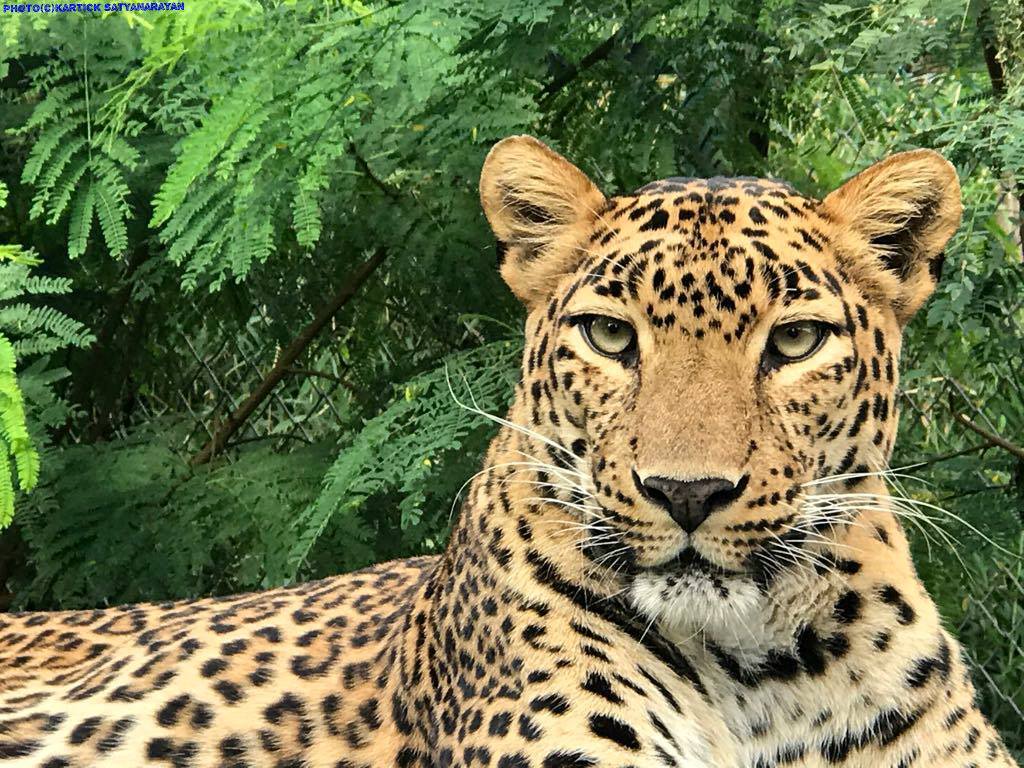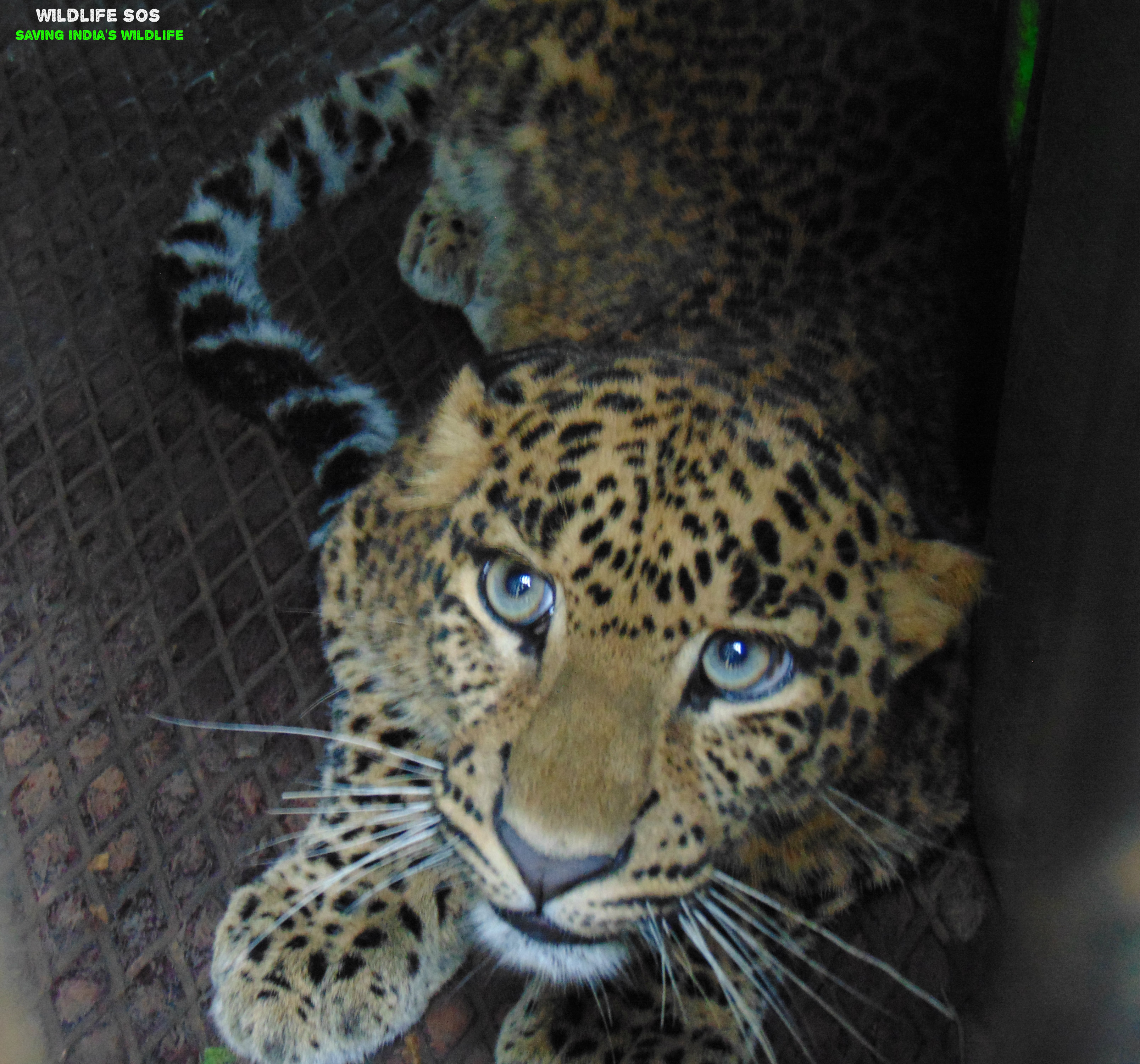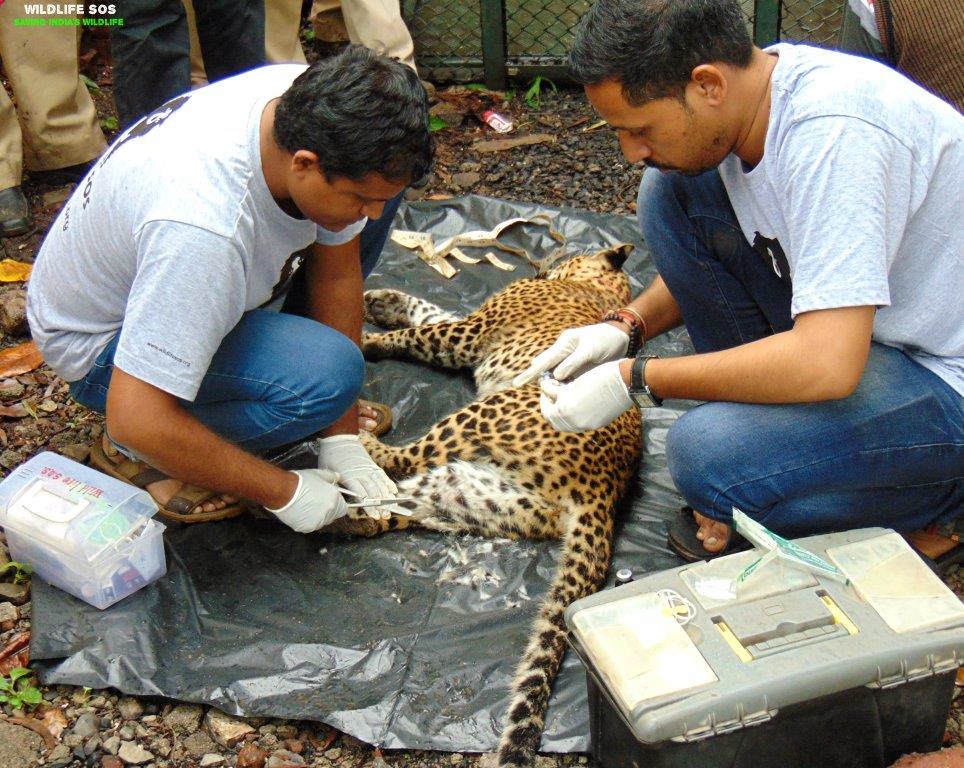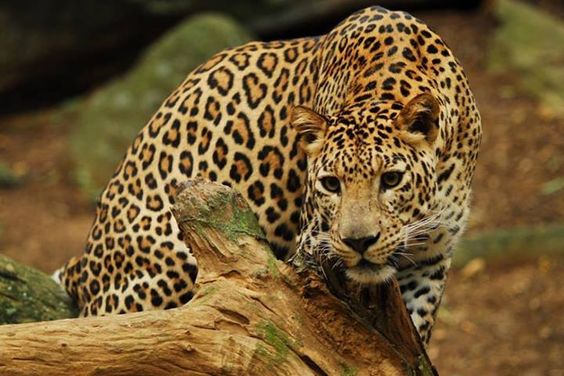What to Do If a Leopard Wanders Into a Village? A Microchip Will Rescue the Cat!
In their efforts to address the growing issue of man-leopard conflict in Maharashtra, Wildlife SOS and the Forest Department are micro-chipping leopards caught in conflict situations to monitor their movement patterns.

The western state of Maharashtra has a rich population of the Indian Leopard (Panthera pardus fusca). For years, they have been living and breeding quietly in their natural habitat, which they happen to share with the human population residing in villages.
Human encroachment and rapid deforestation caused by the creation of sugarcane fields have forced these majestic felines to adapt to the changing landscape. Desperate to find a foothold in the shrinking forests, they have been forced to seek shelter in the dense sugarcane fields while depending on easy prey (livestock, pigs, dogs) for survival. This proximity between the villagers and leopards has escalated into a human-leopard conflict.
Earlier this year, the sight of a leopard wandering in the sugarcane fields caused uproar in a village near Satara, Maharashtra.

Due to persistent pleas from the frightened villagers and in an attempt to prevent a full-blown crisis, the Forest Department was compelled to capture the feline but ensured that there was a minimum use of force and the leopard was not traumatised by the ordeal.
News of this incident soon reached the staff at the Manikdoh Leopard Rescue Centre in Junnar which is run by the NGO, Wildlife SOS, in collaboration with the Maharashtra Forest Department. A decision was taken to microchip the leopard so it could be released into its natural habitat. Dr. Ajay Deshmukh, a senior veterinarian with Wildlife SOS, and his team have the necessary experience and expertise in microchipping wild animals, having conducted nearly 40 such successful procedures in the past.
The two-year-old female leopard was given a clean bill of health after a thorough veterinary examination conducted by the team. Later, she was implanted with a microchip — near the tail as per the guidelines issued by the Central Zoo Authority of India — comprising of a unique identification number.
Leopards are highly territorial animals, so she was released into the same forest area, where she was initially found.

In the state of Maharashtra, only the Sanjay Gandhi National Park in Mumbai and Wildlife SOS are qualified to carry out microchipping procedures on wild cats. Wildlife SOS also conducts awareness programs and training sessions for Forest Department officials to help them become familiar with the various techniques used during rescue and release operations. The primary objective is to contribute to the conservation of the endangered Indian leopard population in one of the most densely populated landscapes in the world.
Also read: Fed up With Delays, 26-Year-Old Creates App That Helps Rescue Animals in Real Time
The Manikdoh Leopard Rescue Centre has over 30 leopards under lifetime care, and all of them have been microchipped. As per the guidelines issued by the Ministry of Environment, Forest and Climate Change, animals that are in captivity or have to be released back into the wild, need to be microchipped as it helps monitor their movement patterns.
Microchipping also helps to keep track of these animals and study them.

In a bid to prevent unnecessary capturing of leopards and placing them in captivity, Team Wildlife SOS reaches out to local communities to increase understanding about these majestic felines. The goal is to help people co-exist with leopards and to diminish fears that have manifested due to ignorance and misconceptions about them. The organisation has been conducting awareness sessions in schools, colleges, and various forums, with the intention of educating people about leopards and their behaviour. It hopes that these sessions will lead to increased understanding and build tolerance while reducing the occurrence of conflict situations.
Like this story? Or have something to share? Write to us:
[email protected], or connect with us on Facebook and Twitter
(@thebetterindia).
This story made me
- 97
- 121
- 89
- 167
Tell Us More
We bring stories straight from the heart of India, to inspire millions and create a wave of impact. Our positive movement is growing bigger everyday, and we would love for you to join it.
Please contribute whatever you can, every little penny helps our team in bringing you more stories that support dreams and spread hope.



















